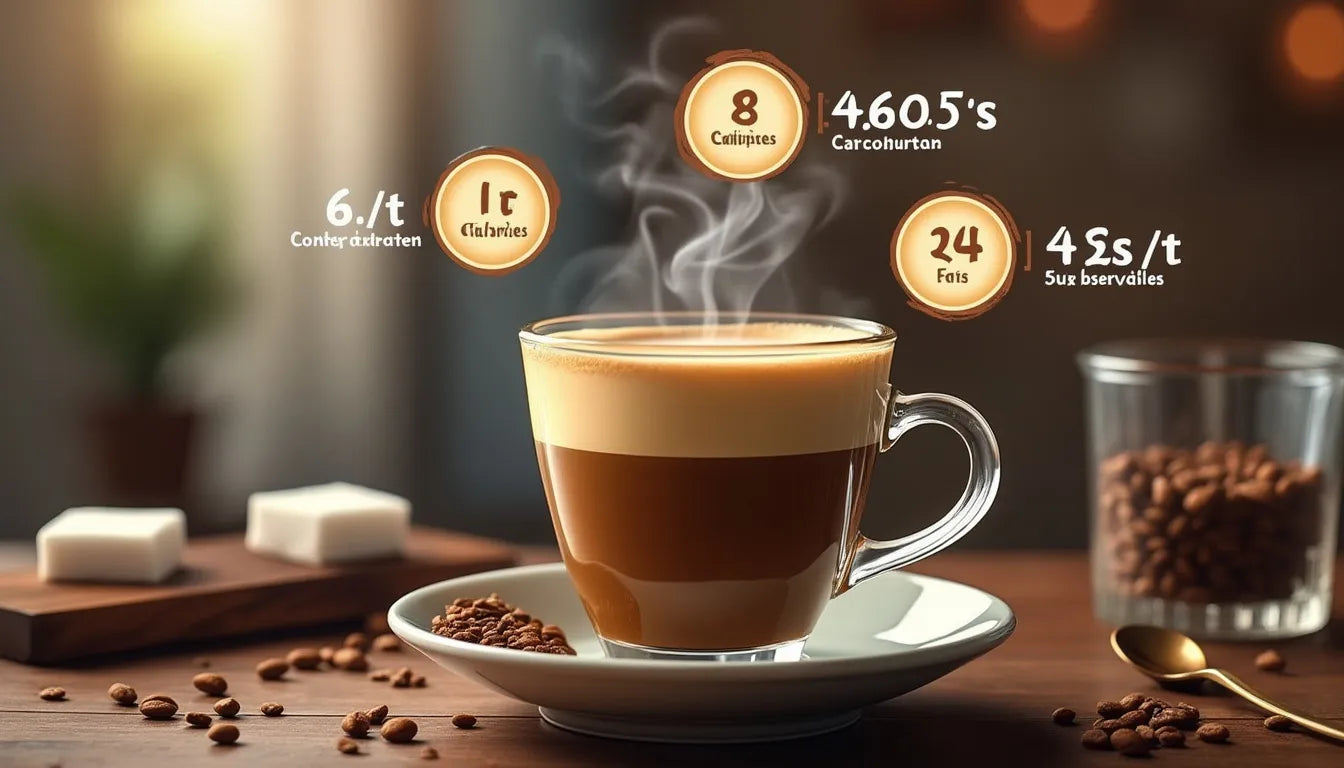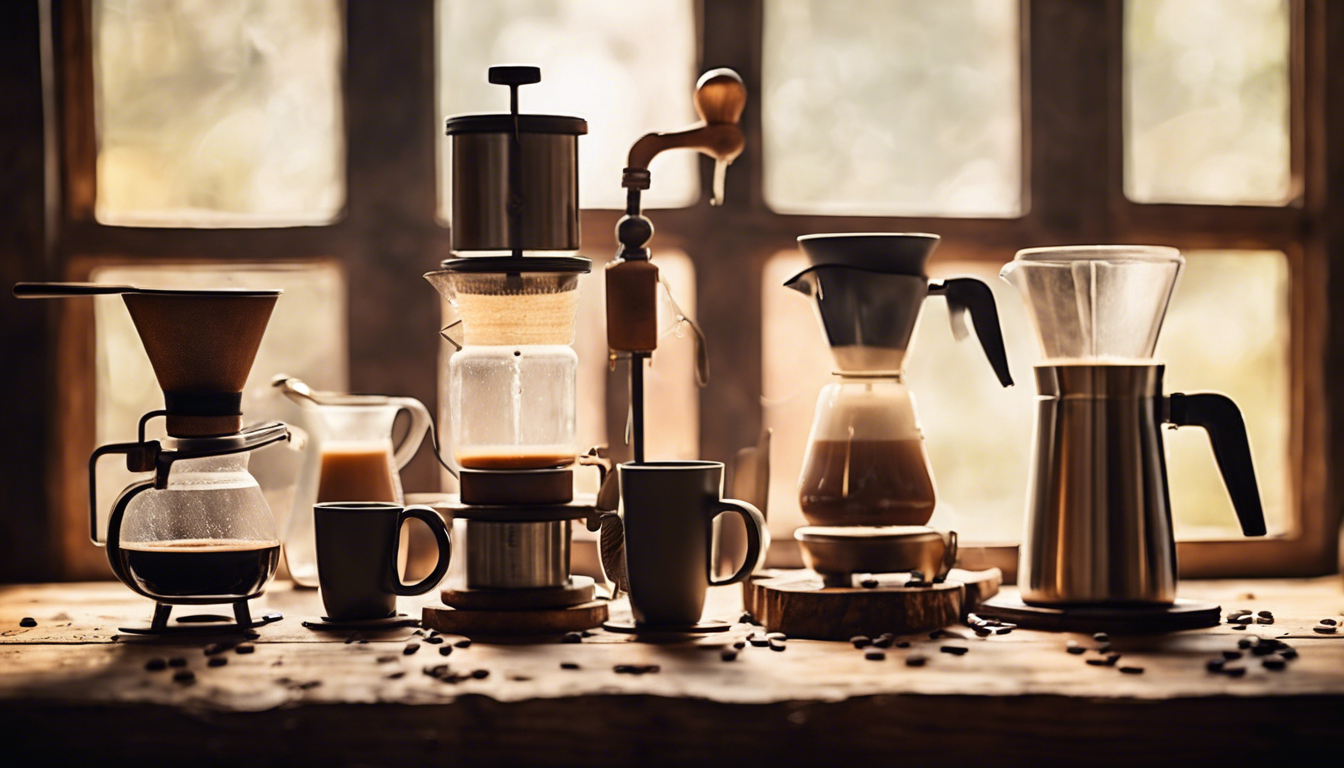Understanding Espresso Calories: What You Need to Know

Understanding Espresso Calories: What You Need to Know
For many people, espresso is the go-to beverage that provides a quick boost of energy and a moment of indulgence amid a busy day. While savoring its rich, aromatic flavor, you may wonder about the caloric content of this popular coffee choice. This article delves into what you need to know about espresso calories and how they can play a role in your dietary considerations.
What Are Espresso Calories?
Espresso is a concentrated form of coffee, renowned for its robust flavor and invigorating caffeine kick. Made by forcing hot water through finely ground coffee beans, it is usually served in small shots. Unlike dessert-like coffee beverages adorned with whipped cream and syrup, plain espresso is relatively low in calories. On average, a single shot of espresso contains about 1 to 2 calories. Essentially, espresso itself is a guilt-free indulgence for those mindful of their caloric intake.
Factors Influencing Espresso Calories
While plain espresso maintains a low calorie count, several factors can alter its nutritional profile:
- Additives: Adding sugar, milk, cream, or flavored syrups to your espresso can significantly increase its calorie content. A splash of milk or a teaspoon of sugar might raise your espresso's calories by about 20 to 30 per serving.
- Beans and Roast: Although slight, the type of coffee bean and roast level can contribute to variations in caloric content due to differences in oil content. Dark roasts sometimes have marginally fewer calories owing to the roasting process itself.
- Serving Size: Espresso traditionally comes in a 1-ounce serving. Variations in serving sizes at different coffee shops might affect the overall caloric intake if larger than the standard shot.
Espresso Versus Other Coffee Types
Compared to other coffee types, espresso stands out for its minimal calorie content when consumed without additions. Lattes, cappuccinos, and flavored coffees often contain considerably more calories due to milk and sweeteners.
Enjoying Espresso without the Extra Calories
If you're intent on keeping your espresso low-calorie yet still flavorful, consider these tips:
- Opt for Natural Sweeteners: If you like your espresso sweetened, try natural sweeteners like stevia or monk fruit which do not add calories.
- Focus on Quality: High-quality beans and a proper brewing technique can enhance the natural sweetness of coffee, potentially eliminating the need for added sugar.
- Use Spices: Adding a dash of cinnamon or nutmeg offers flavor without additional calories.
- Milk Alternatives: Consider using lower-calorie milk alternatives such as almond or oat milk if you prefer a creamier texture.
The Health Benefits of Espresso
Beyond its caloric content, espresso offers several health benefits. Rich in antioxidants, espresso can contribute to combating free radicals in the body. Furthermore, it can enhance mental focus and reduce the risk of certain diseases when consumed in moderation. As always, moderation is key, particularly for those sensitive to caffeine.
Conclusion
Understanding espresso calories empowers coffee lovers to make informed choices about their consumption. By enjoying espresso in its purest form or making mindful adjustments, you can savor its robust taste without fretting over calories. Whether you drink it to jumpstart your morning or as a delightful pick-me-up during the day, espresso remains a low-calorie choice that fits well within a balanced diet. So, next time you savor that rich espresso shot, you can indulge with a clear conscience!
Ready to take your coffee experience to the next level? Don’t settle for anything less than perfect espresso, no matter where you are. Click here to grab your portable espresso machine today and enjoy barista-quality coffee on the go!



